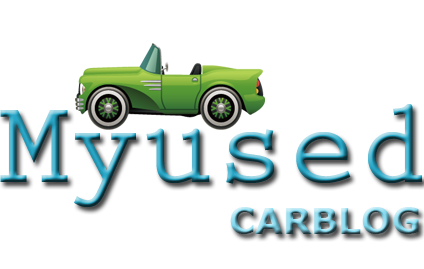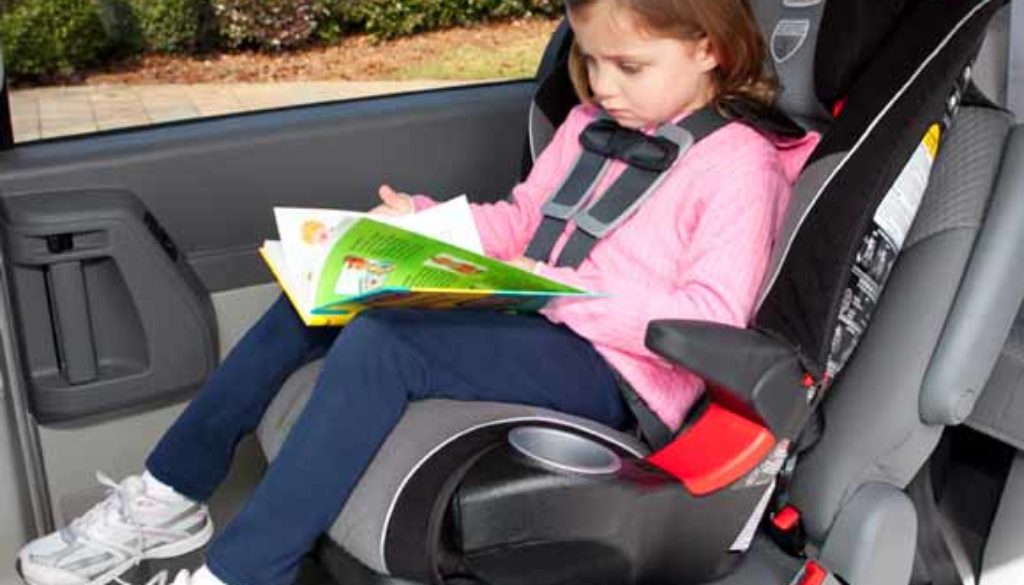Learn When to Switch From Car Seat to Booster Seat
It’s your job, as a parent, to keep your child safe until they’re old enough to effectively take care of themselves. And a leading cause of child fatalities in car accidents. Making proper car safety and the correct seating arrangement for your child is even more important.
However, the correct seat for a child is dependent on a number of factors, such as age, weight, and height. Infants and toddlers ride in car seats. Once they’ve outgrown their car seats, they ride in booster seats.
Car Seat vs. Booster Seat
According to HealthyChildren.org, all newborns and infants should ride in a rear facing car seat until they either turn 2 years old or exceed the weight and height requirements set by the car seat manufacturer. Then, the child should be placed in a forward-facing convertible car seat.
Such car seats offer side and head support for developing children and are secured in the car with harness straps. Booster seats, conversely, are for children who have outgrown their forward-facing seats, but still cannot be restrained safely by the vehicle’s seat belt. The booster seat essentially elevates the child’s seating position so that the seat belt is safely positioned.
When to Switch
It’s recommended that children stay in the forward facing car seat until they exceed the seat manufacturer’s height and weight requirements. For example, on the Graco My Ride 65 seat, the forward-facing weight maximum is 65 pounds and the height maximum is 49 inches. After the child meets those weight and height milestones, it’s time to make the switch to the booster seat.
How Long to Use a Booster Seat
According to SafeKids.org, children should sit in a booster seat until they are 4 feet, 9 inches tall and weigh between 80 and 100 pounds. However, children may be as young as eight years old or as old as 12 before they meet these height and weight requirements.
After they meet the requirements, children are then at a safe weight and height to receive the maximum protection from a standard seat belt, which is designed to fit average-sized adults – not children.
Booster Seat Safety Tips
Just like the car seat, the safest place for a booster seat is the rear middle seat. This is because it’s the place in the vehicle furthest away from points of impact. For maximum safety, the child should wear the seat belt in the booster seat just as an adult would shoulder strap over the shoulder and lap belt over the lap.
Unlike car seats, booster seats typically don’t have harness installation straps because they’re used with the vehicle seat belt making proper seat belt use even more important.





